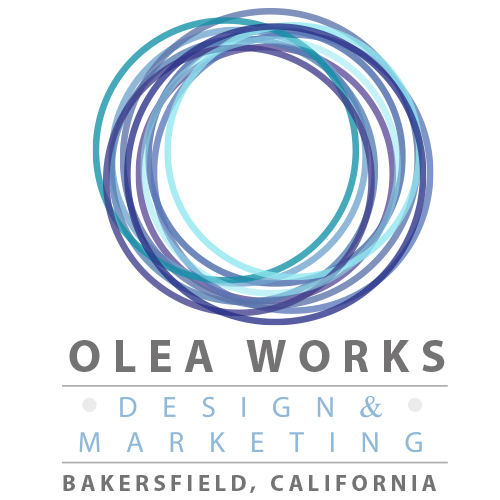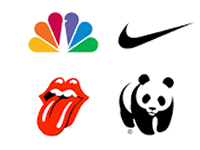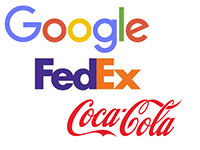The way a website is perceived depends on a number of important design considerations. A well-designed website can encourage users to take action by fostering trust. Making ensuring your website design is optimized for usability (form and aesthetics) and how simple it is to use is key to creating a pleasant user experience (functionality).
An effective website design should fulfill its intended purpose by engaging the visitor and communicating its specific message. Good website design is influenced by a number of elements, including consistency, colors, font, images, simplicity, and usefulness.
You can use the recommendations listed below as a starting point for your upcoming online project.
Identify the Purpose of Your Website
The user’s needs must be met by your website. Each page should have a straightforward goal to let the consumer interact with what you have to offer. What does your website aim to achieve? Are you delivering useful knowledge, such as a “How to guide”? Is it a website that offers amusement, such as sports coverage, or are you trying to sell the user something? Websites may serve a variety of functions, yet they all have certain fundamental goals: Summing Up Expertise, Developing Your Credibility
Lead generation, Sales, and Follow-up.
Display Clear Navigation
On websites, navigation is the guiding system that users engage with to find what they are looking for. Keeping visitors on a website requires good navigation. Visitors will give up trying to use a website if the navigation is difficult and look elsewhere for what they need. The goal is to keep navigation clear, easy to use, and constant throughout each page.
Use Visual Hierarchy
The grouping of items according to importance is known as visual hierarchy. Size, color, images, contrast, font, whitespace, texture, and style are some ways to do this. The creation of a focal point, which directs viewers to the location of the most crucial information, is one of the visual hierarchy’s most crucial roles.
Keep Your Website Simple to Use
When thinking about how to improve your website’s usability and user experience, simplicity is the best approach. Here are some strategies for designing for simplicity.
Color:
Color has the ability to convey messages and arouse emotions. You may affect how your customers behave toward your brand by choosing a color scheme that works for it. Limit the number of colors to no more than five. Colors in harmony are really effective. Pleasant color combinations boost user satisfaction and improve client engagement.
Type:
Typography is crucial to the success of your website. It grabs the audience’s interest and serves as the visual representation of the brand voice. On the website, typefaces should be readable and employ no more than three different fonts.
Imagery:
Imagery is any visual feature that is employed in communication. Still photography, artwork, video, and other forms of graphics are all included. All images should be expressive, represent the spirit of the organization, and serve as an embodiment of the brand’s identity. The majority of the data we intake on websites is visual, and as a first impression, it is critical to use high-quality photos to establish a sense of professionalism and credibility in the minds of visitors.
Provide Useful Content
A good website has both good design and good content. Great content may attract and influence visitors by converting them into customers by using captivating language and thoughtful information. Write articles that relate to your business, assist your visitors, and position you as an expert in your industry.
Watch Load Website Time
Visitors will leave if they have to wait for a website to load. Nearly half of web users expect a site to load in two seconds or less, and they may abandon a site that does not load within three or more seconds. Image optimization will help your site load faster, as will using optimized video files. Also, old or discarded code should be cleaned out of the website’s code to avoid loading errors and delays.
Mobile Friendly Design
More people are browsing the web on their phones or other mobile devices. The majority of first-time web views currently originate from devices other than desktop PCs. For this reason, Google prioritizes mobile-friendly websites above non-mobile-friendly websites. To maximize visitor potential, consider designing your website with a responsive layout that can adjust to multiple screen sizes.
Oleaworks Design & Marketing has been designing websites since 2000, for clients just like you. We pride ourselves on being fast, reliable and good at what we do. Professional web design doesn’t have to cost a fortune to be good. Contact us today to discuss your website needs and receive a free, no obligation quote for your web site design or redesign by clicking here or calling/texting 909.255.OLEA (909-255-6532).





